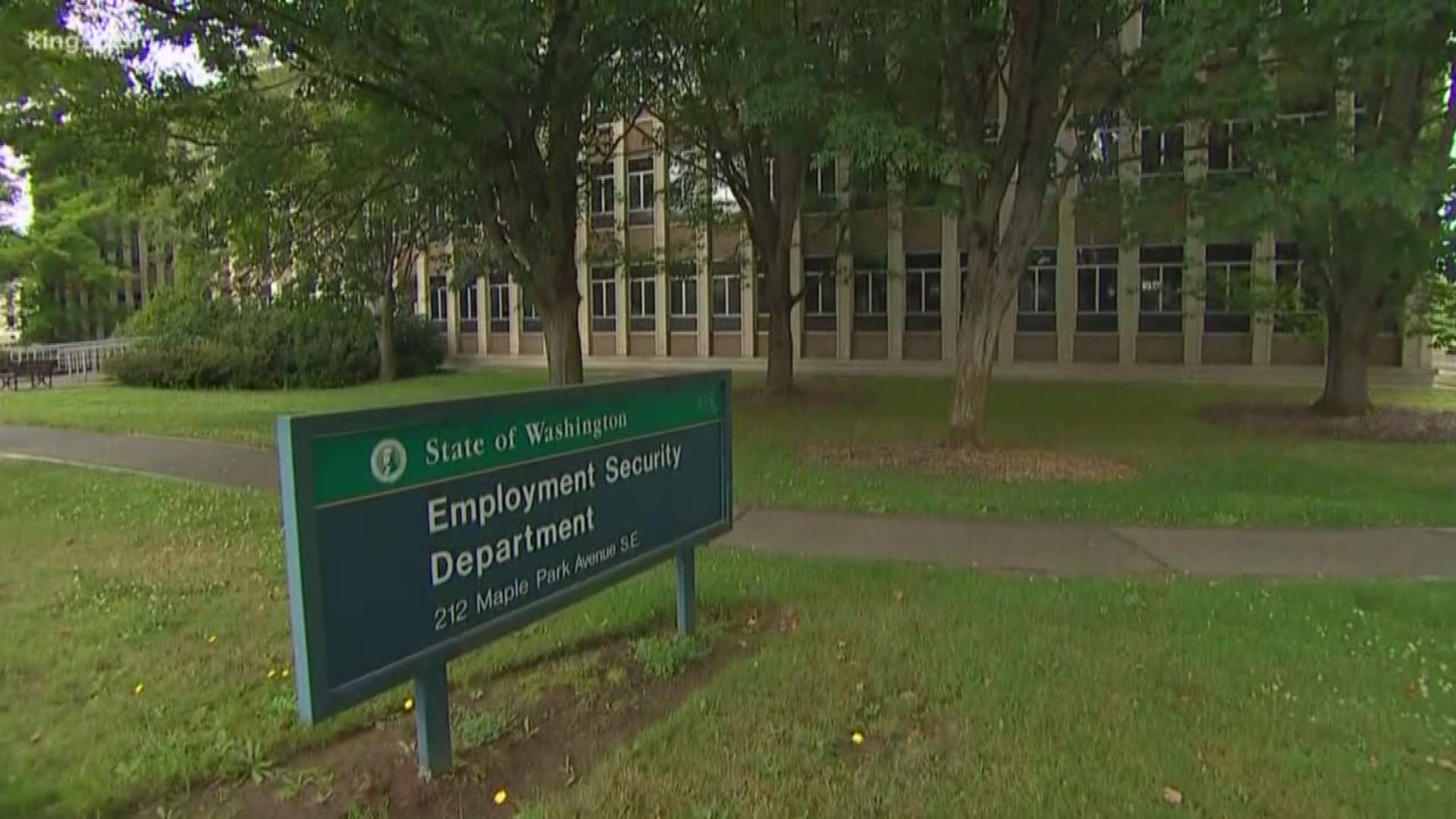Anyone who believes increasing the minimum wage for entry-level jobs is all rainbows and unicorns should talk to restaurant workers in San Diego. In January 2016 that city increased its minimum wage from the state level of $10 to $11.50 per hour. Fast forward one year and the number of food service jobs in San Diego has dropped sharply, with as many as 4,000 estimated lost or never created.
According to Lynn Reaser, chief economist of the Fermanian Business & Economic Institute at Point Loma Nazarene University:
"If job growth in the restaurant sector had just kept pace with the state's performance … the industry could have created 5,200 jobs instead of the 1,300 that took place.”
In San Francisco, where the minimum wage is $15, things have gotten so bad the San Francisco Eater is calling the string of restaurant closures in the Bay Area a “death march.”
Around the country, food companies are hedging their bets.
McDonald’s long ago began embracing automation as a way to replace human workers and save on labor costs. The company has been using such technology in Europe for years; in 2011 the food chain installed 7,000 touch-screen kiosks that render human cashiers unnecessary in high wage European countries. Now the Golden Arches chain is installing self-order kiosks in all 14,000 of its U.S. restaurants.
Now Wendy’s has announced it is joining the robot revolution and will install self-order kiosks at 1,000 stores by the end of the year. These stores will soon have three kiosks for customers to place their order and pay. Wendy’s says the move is part of an effort to reduce labor costs and expects their investment to be paid off in less than two years as a result of those reduced costs.
Each kiosk is a visual representative of lost job opportunities for young and unskilled workers. The former CEO of CKE Restaurants, which includes the Carls, Jr. chain, says the push for a higher minimum wage should be called the Robot Employment Act.
The food service industry employs the majority of the nation’s minimum wage earners. So one would logically expect the impacts of an artificially high minimum wage to be evident in that industry before others. In a national survey of restaurant owners, 24% said rising minimum wages are their biggest challenge for 2017.
But it isn’t just the restaurant industry that is feeling the pain. The retail industry has shed more than 60,000 jobs nationally over the past two months as more and more retailers focus on expanding their online presence, which requires far fewer workers. One expert says the labor involved in selling an item online through a distribution center can be 50 percent less than if sold in a store. Given the movement to increase the minimum wage, that’s a strong incentive for businesses to abandon labor-heavy brick and mortar in favor of online retailing.
And retailers clinging to the traditional brick and mortar model must now utilize every cost saving and efficiency measure they squeeze out if they want to be competitive. Which is why they are increasingly turning to automation that allows them to reduce their workforce, with technology such as shopping kiosks and iPads where shoppers can buy online while in a store. Macy’s is even testing self-service in some of their shoe departments.
Retail works accounts for nearly one-third of first-time jobs. As one reporter notes, “for Americans seeking a foothold in the job market, the pullback represents a painful obstacle.”
In a speech last week, Federal Reserve Chair Janet Yellen said “it is crucial for younger workers to establish a solid connection to employment early in their work lives.” Restaurant and retail work are historically where most young workers make this early connection, but thanks to the push for an artificially high minimum wage, fewer workers have the opportunity to make that connection.





